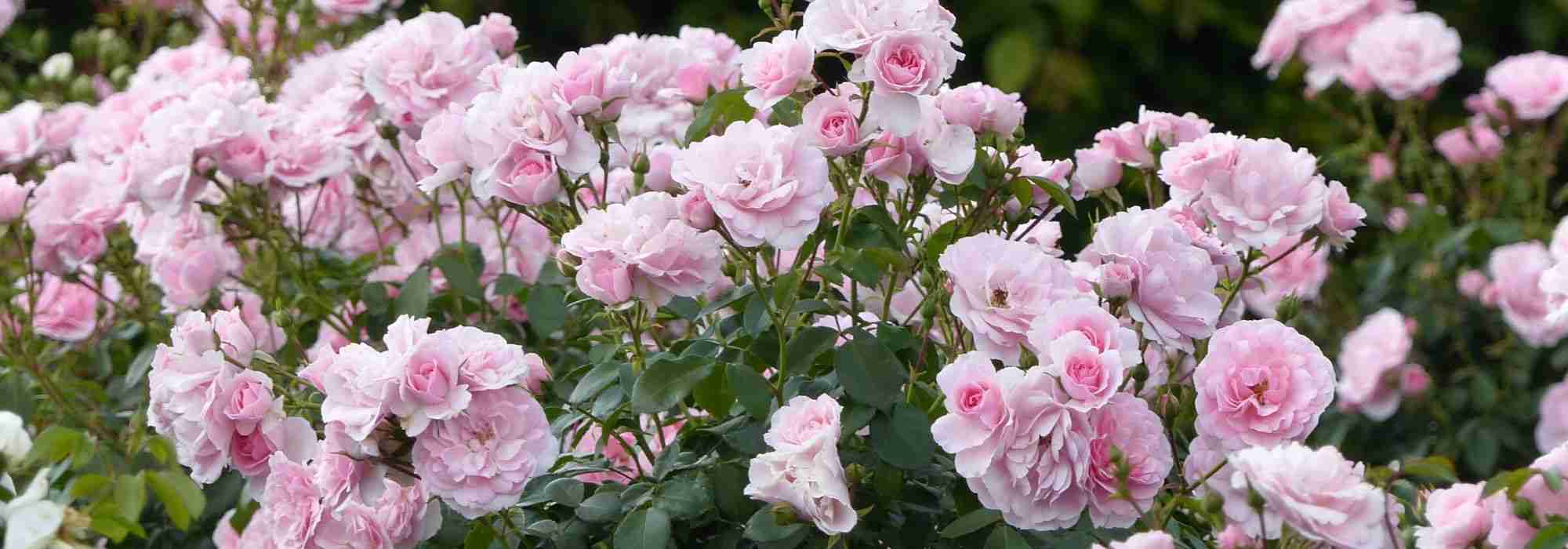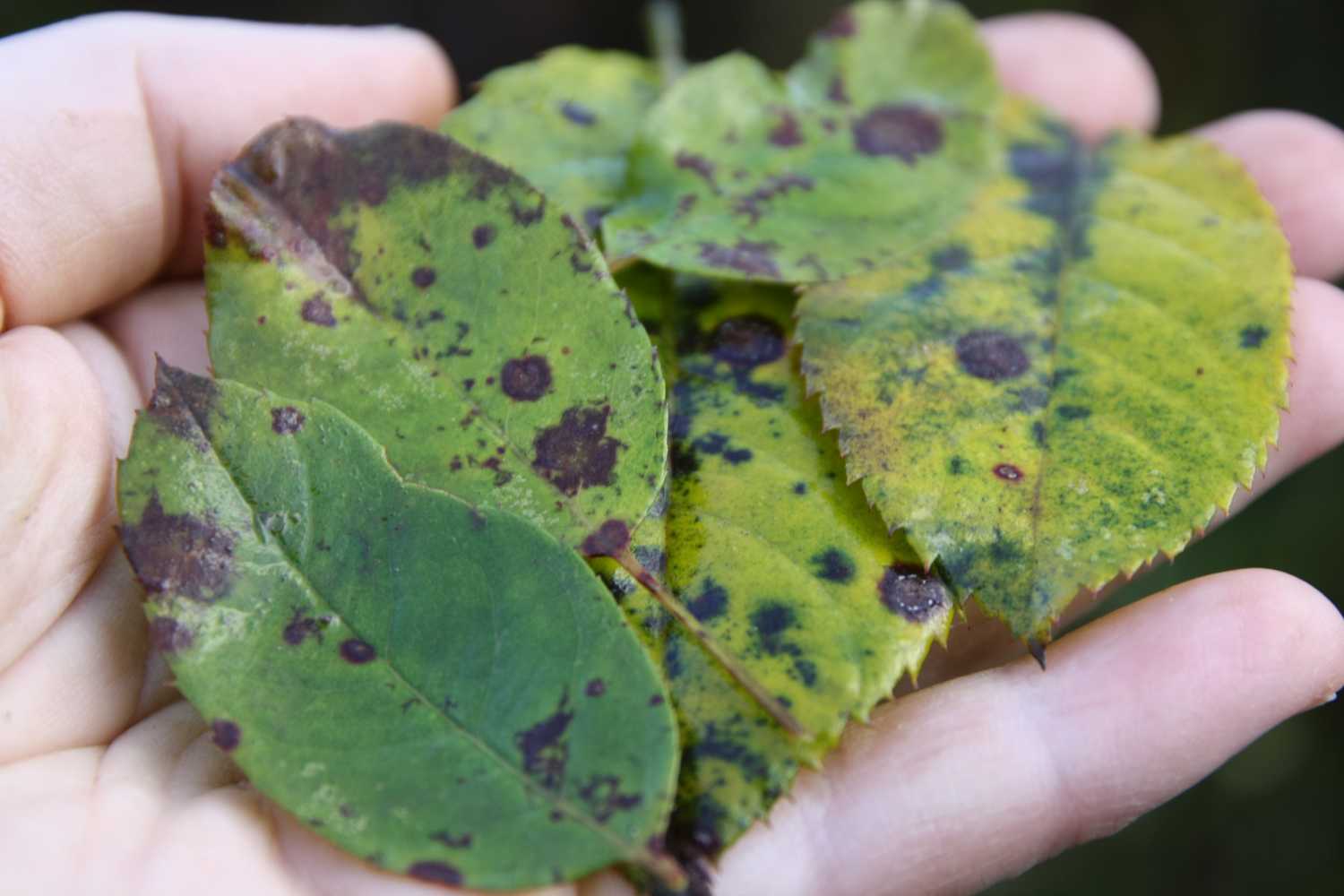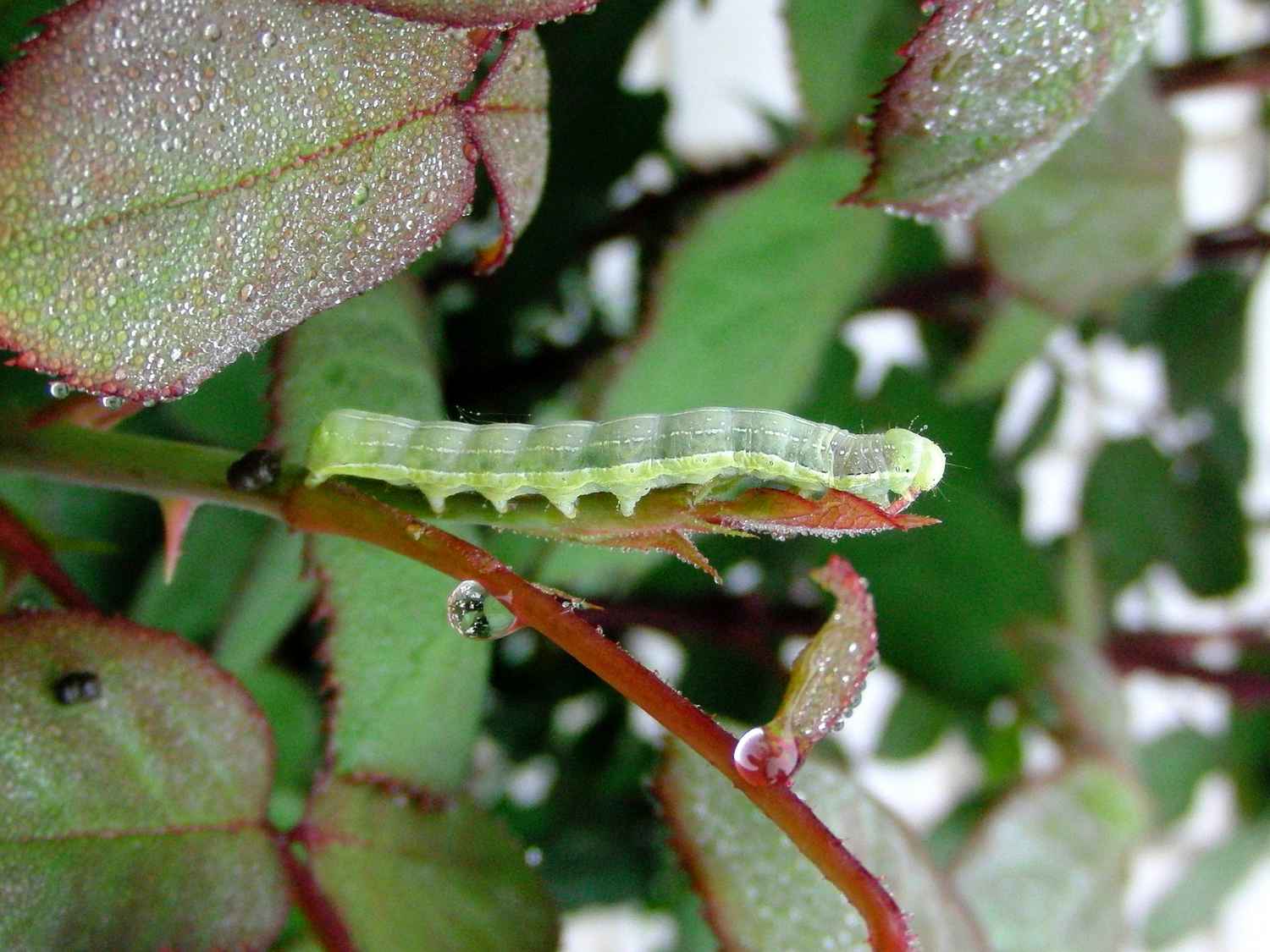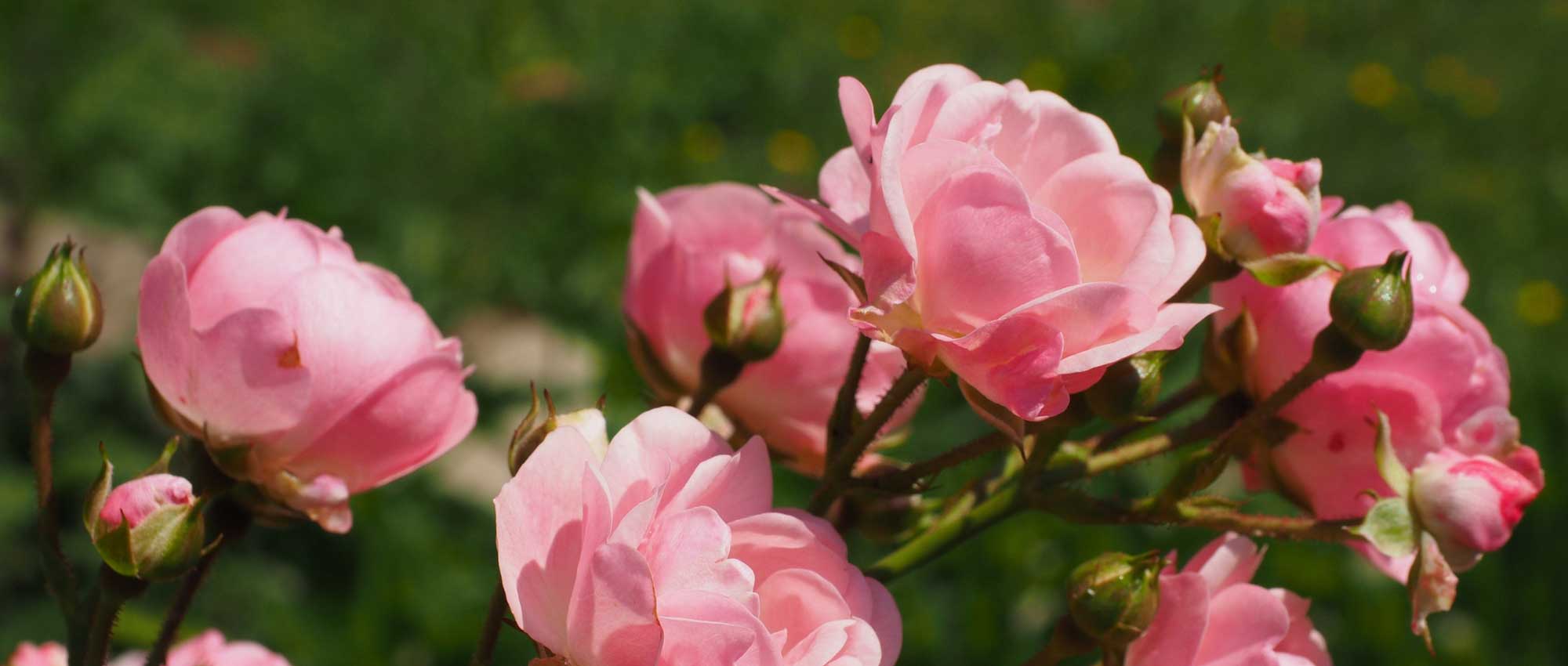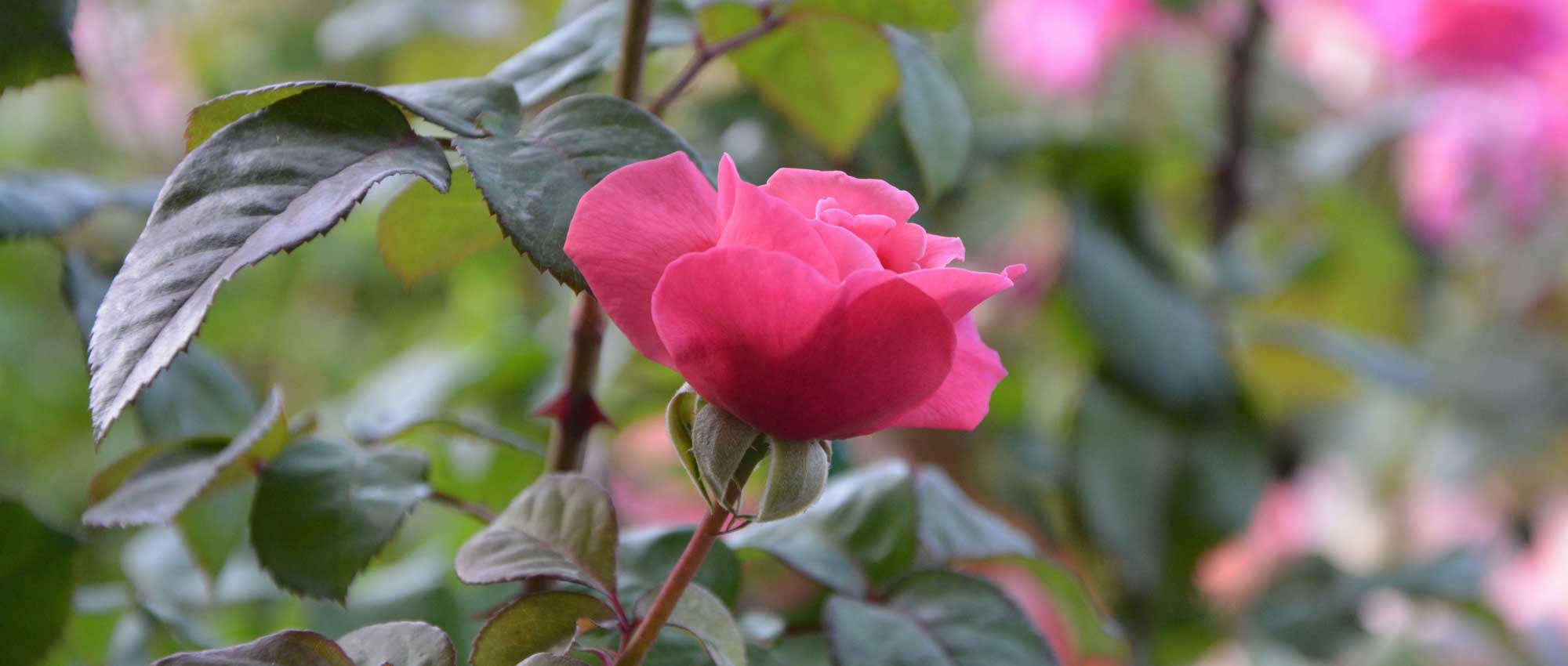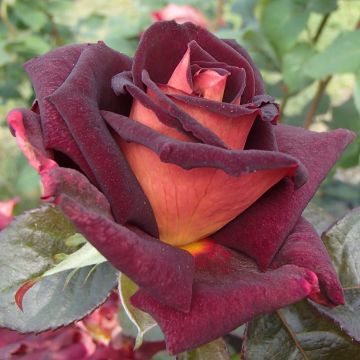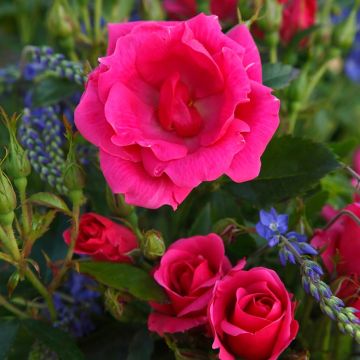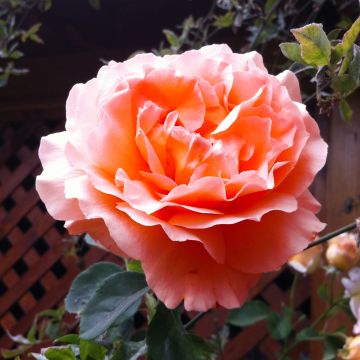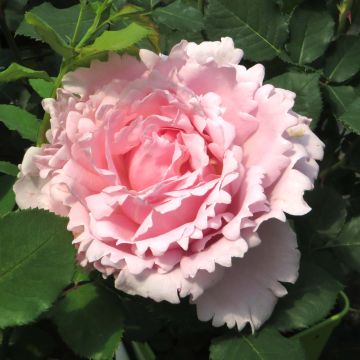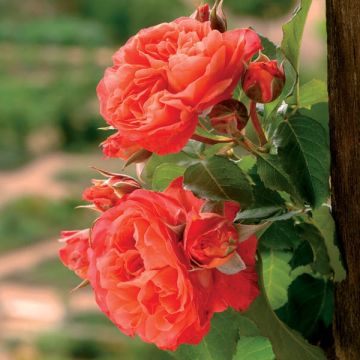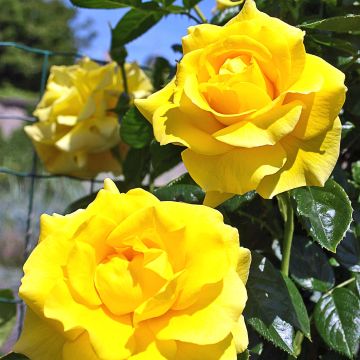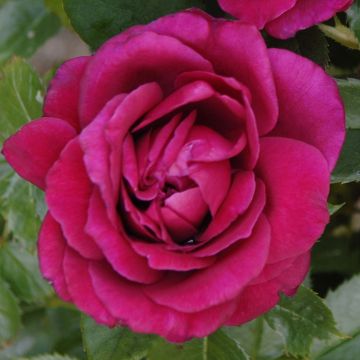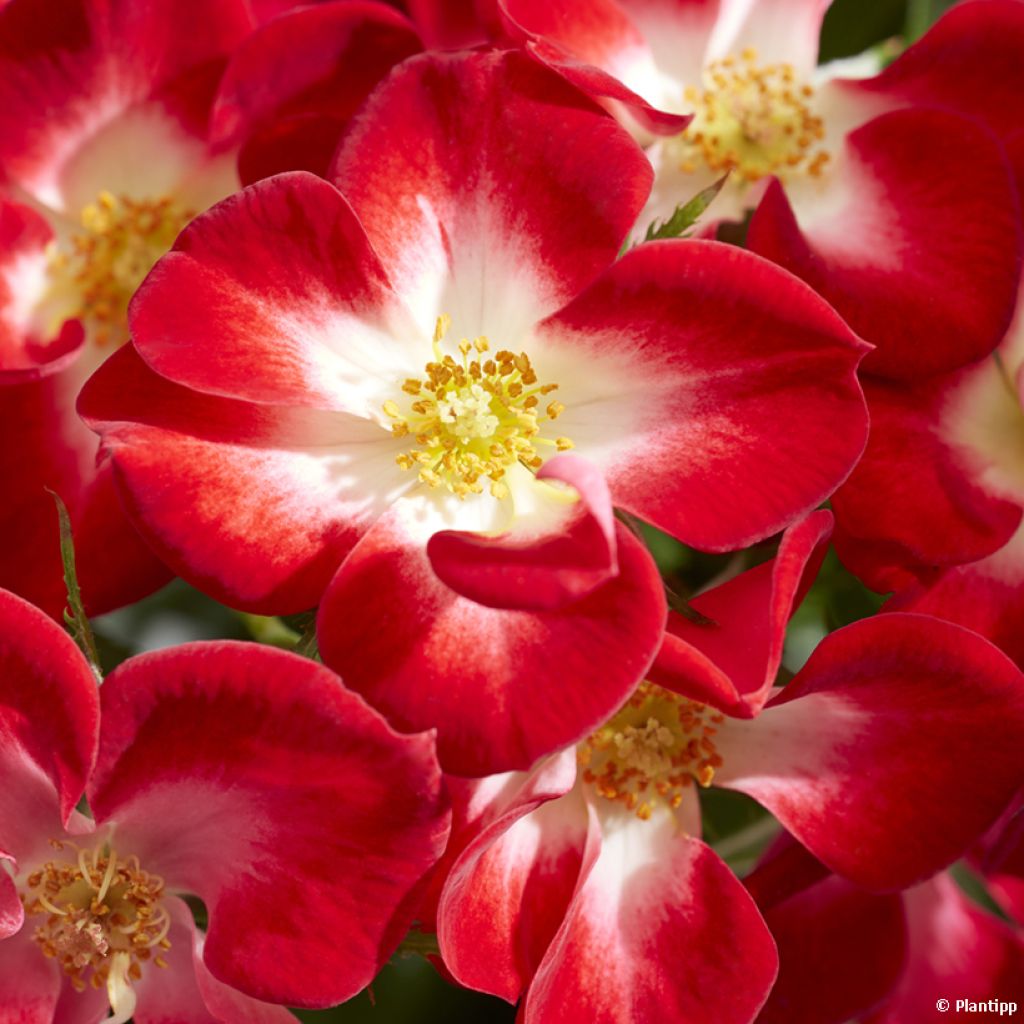

Rosier à patio Everglow Ruby
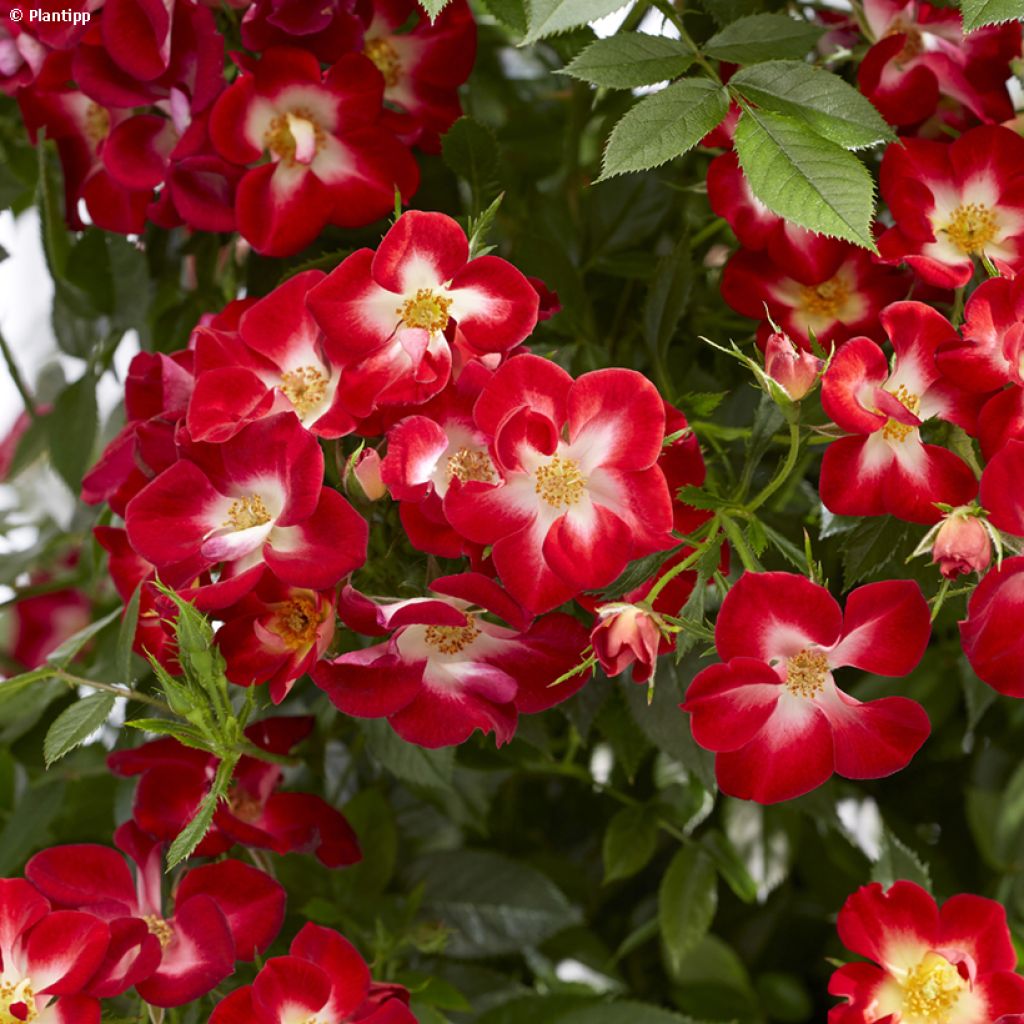

Rosier à patio Everglow Ruby
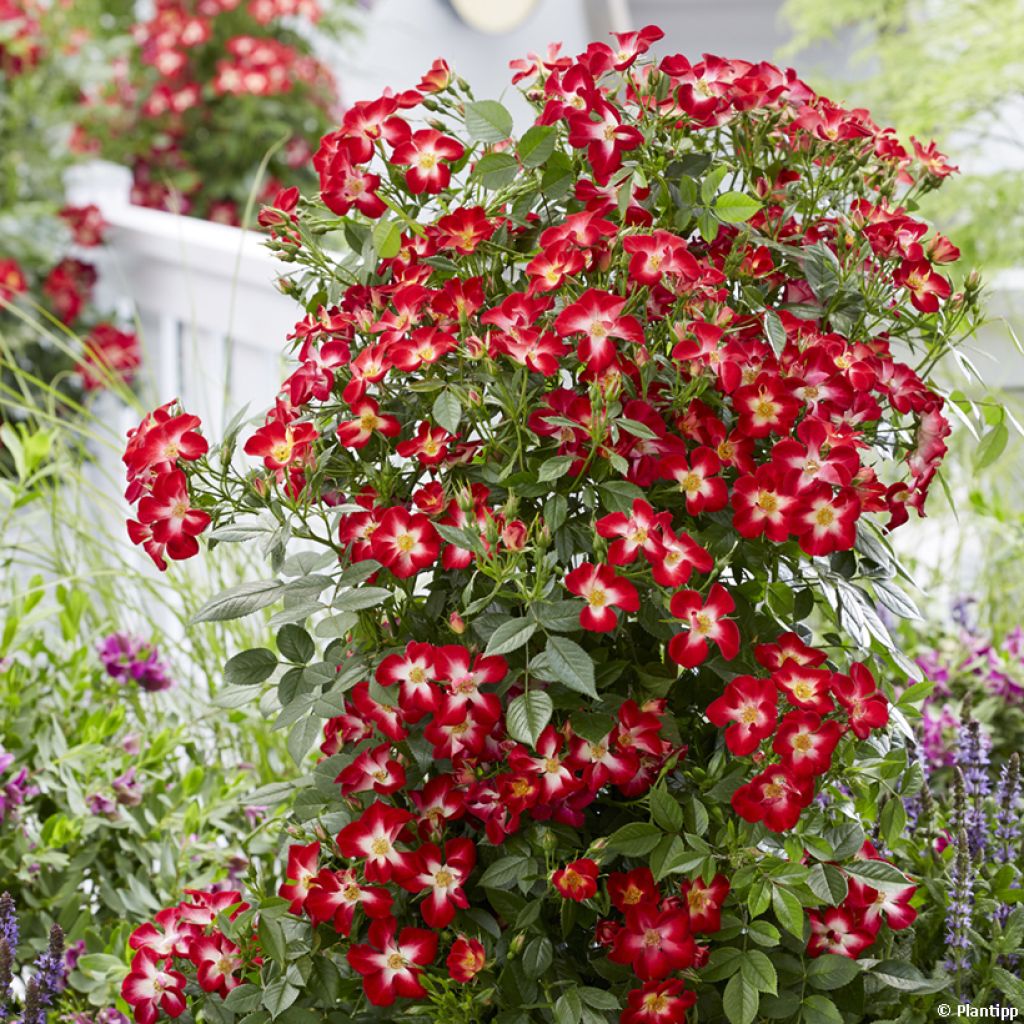

Rosier à patio Everglow Ruby
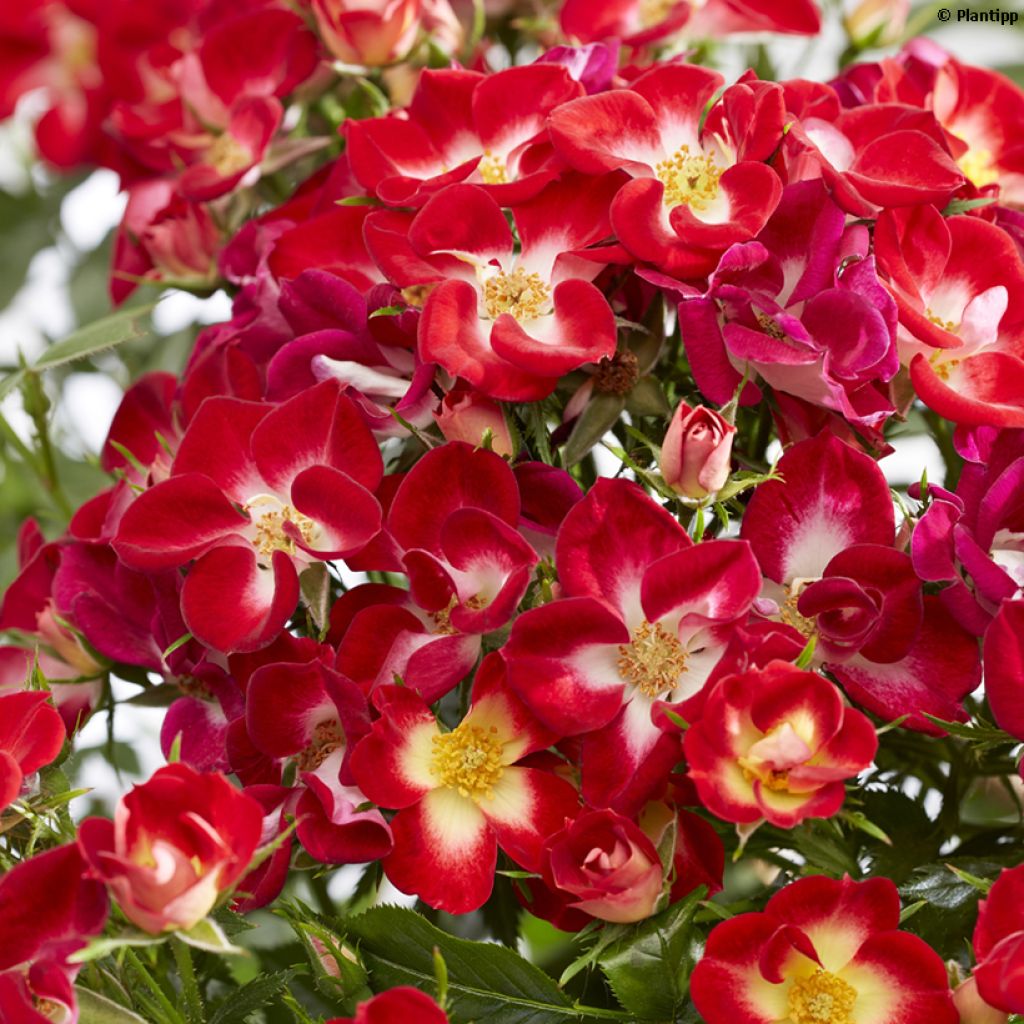

Rosier à patio Everglow Ruby
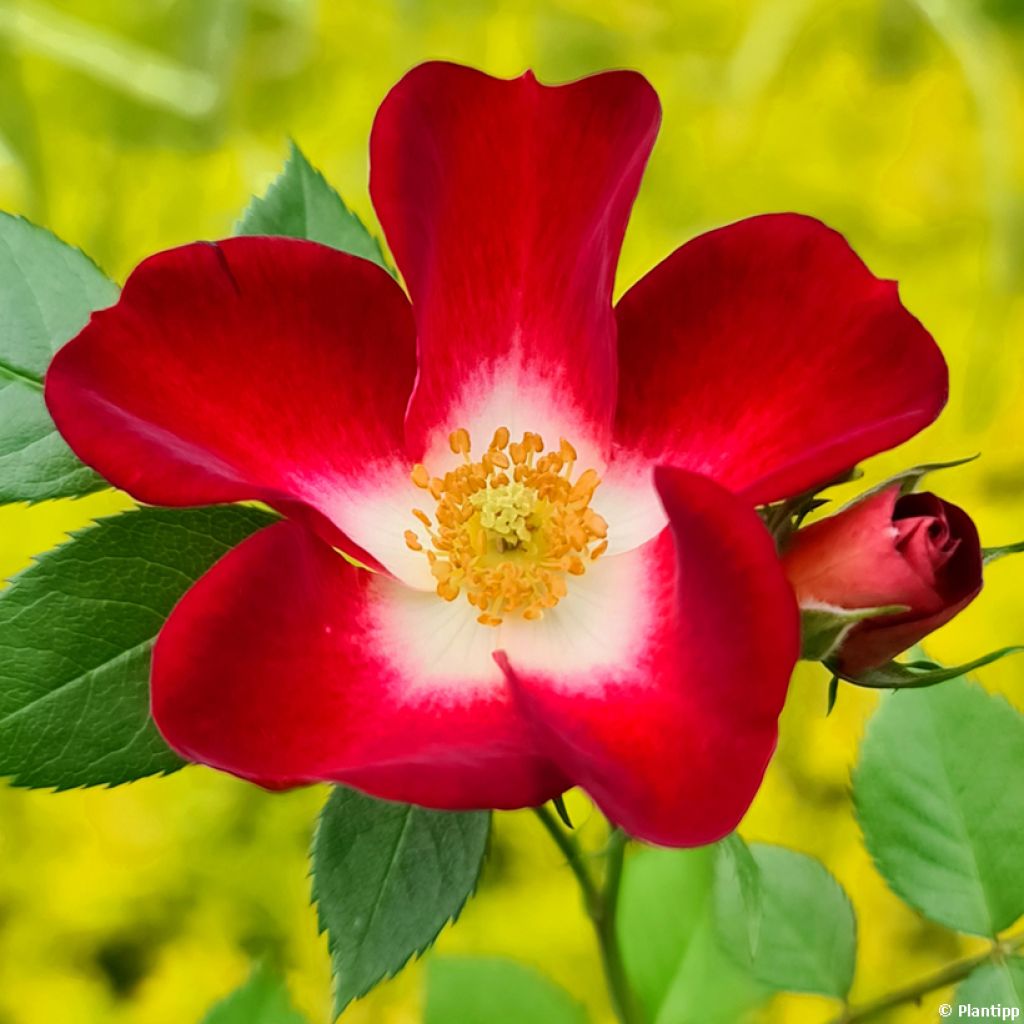

Rosier à patio Everglow Ruby
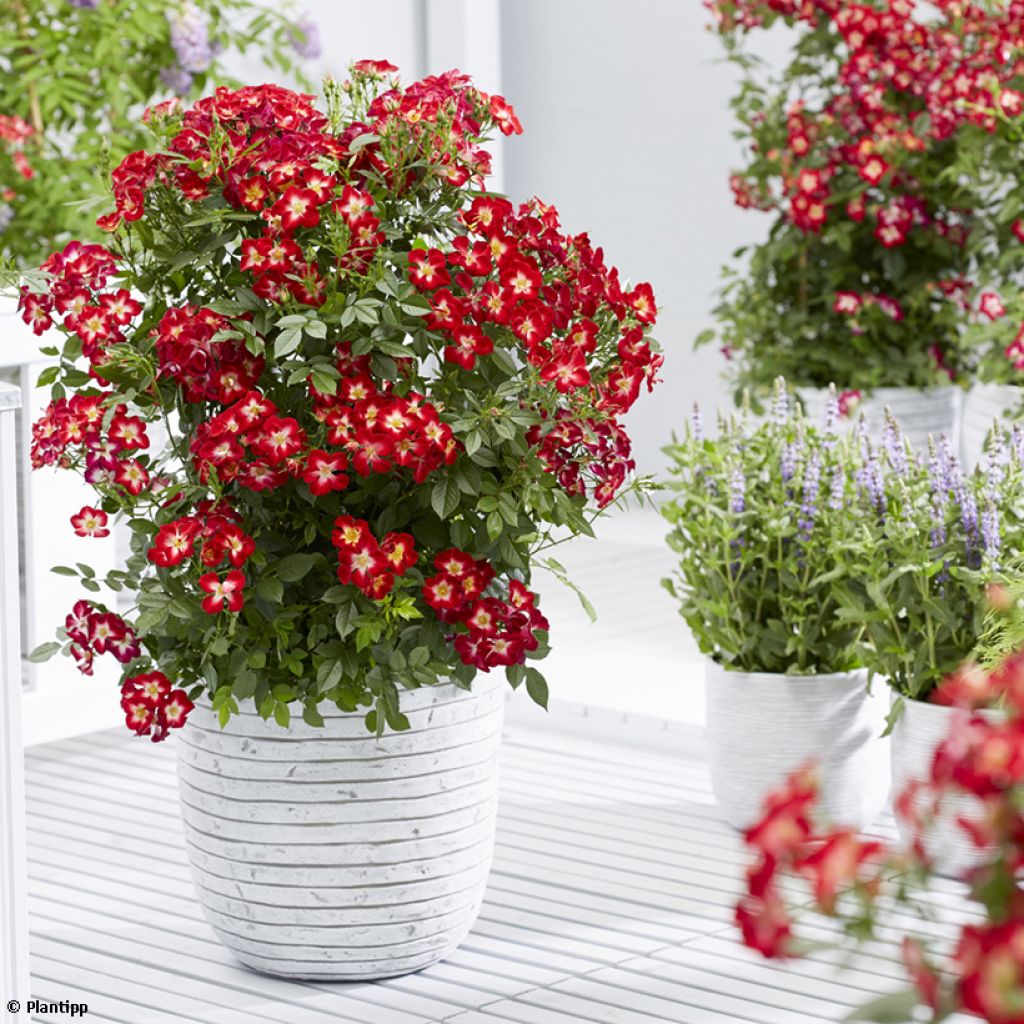

Rosier à patio Everglow Ruby
Rosa Everglow Ruby
Rosa x floribunda Everglow Ruby 'Geus1713'
Thanks to the individuals (for order preparation and shipping), the received rose bush appears healthy. Planted close to the 'Rose de Perouges' variety, I am now patiently waiting for it to take root... or not?
Thierry, 12/08/2023
Special offer!
Receive a €20 voucher for any order over €90 (excluding delivery costs, credit notes, and plastic-free options)!
1- Add your favorite plants to your cart.
2- Once you have reached €90, confirm your order (you can even choose the delivery date!).
3- As soon as your order is shipped, you will receive an email containing your voucher code, valid for 3 months (90 days).
Your voucher is unique and can only be used once, for any order with a minimum value of €20, excluding delivery costs.
Can be combined with other current offers, non-divisible and non-refundable.
Home or relay delivery (depending on size and destination)
Schedule delivery date,
and select date in basket
We guarantee the quality of our plants for a full growing cycle, and will replace at our expense any plant that fails to recover under normal climatic and planting conditions.
Description
Rosa Everglow Ruby is a floriferous, radiant, easy-to-grow plant that is perfect for adding colour to a patio or small garden without requiring much maintenance. Its abundance of tightly packed small red flowers with white centres create a remarkable bi-coloured effect on the plant. The bush is rather compact, adorned with elegant shiny green foliage. It provides a constant display throughout summer, whether in pots or in the ground.
Rosa Everglow Ruby 'Geus1713' is a very recent Dutch creation. It belongs to the floribunda group of roses, and grows on its own roots. It quickly forms a well-branched bush with thorny stems, reaching a height of 70cm (28in) with a spread of about 50cm (20in). It is covered with dark green foliage composed of small shiny leaflets with toothed edges. Its flowering is abundant and continuous from June to September if the soil remains somewhat moist in summer. Its small corollas are single, composed of 5-6 concave petals, grouped in clusters. The petals, ranging from scarlet red to pure white at the base, open to reveal a small cluster of yellow stamens. They wither without producing fruits, self-eliminating without the need for pruning. The deciduous foliage is absent in winter.
Rosa Everglow Ruby is a robust plant that adapts to all soils that are not too dry. However, it prefers fertile soils rich in humus and deep. Its upright and compact habit is perfect for container cultivation. It can also be planted in large borders or in a shrub bed. It can be planted in groups of 3 plants, arranged in a triangle, in the centre of a small bed. It pairs well with light or opulent perennials, or with other dwarf roses such as 'Bee's Paradise', R. Bordure Blanche, or R. Bordure d'Or, according to your preferences. It can also be combined with perennial geraniums (Geranium 'Blue Cloud', G. 'Nimbus', G. 'Orion', G. 'Rozanne'), campanulas, nepetas, snapdragons, digitalis, or carnations. It is naturally perfect for decorating a patio or balcony, planted in a beautiful pot, large planter, or trough.
Rosa Everglow Ruby in pictures


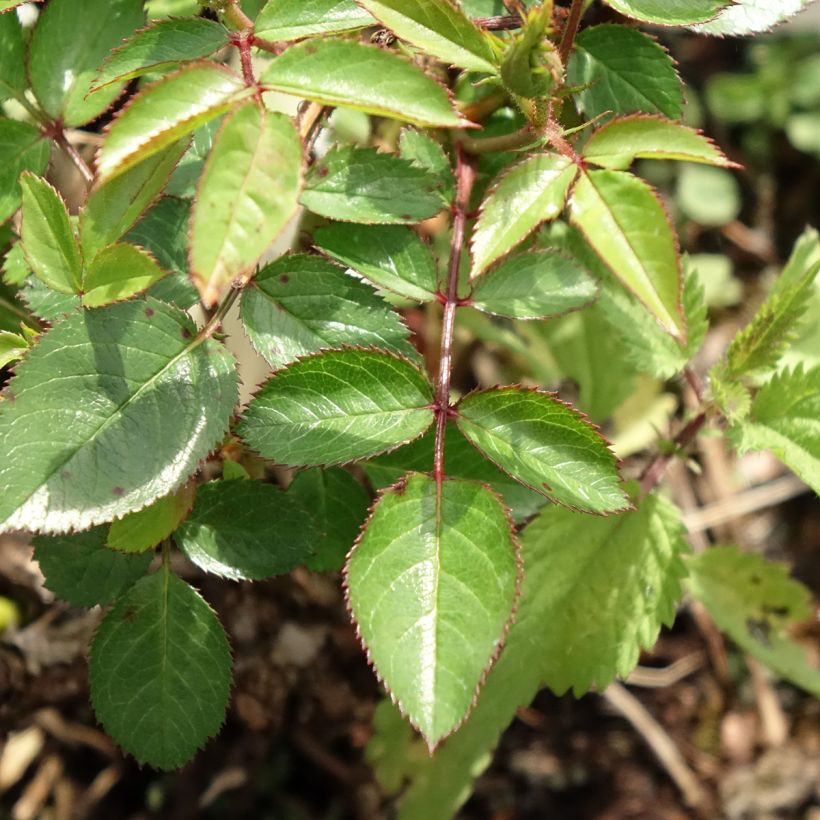

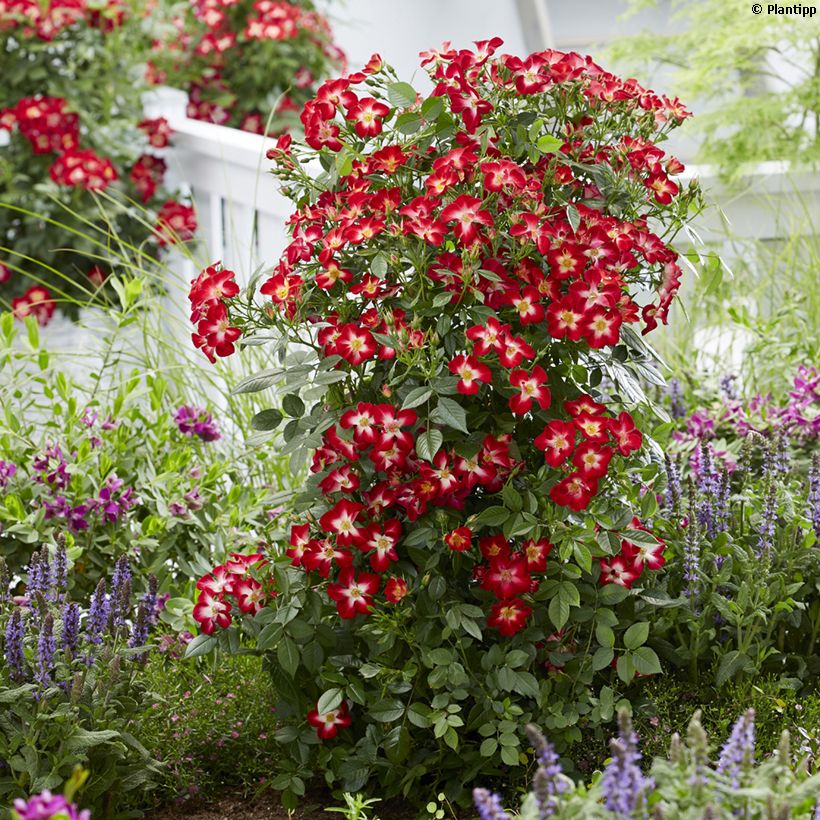

Plant habit
Flowering
Foliage
Botanical data
Rosa
x floribunda
Everglow Ruby 'Geus1713'
Rosaceae
Cultivar or hybrid
Planting and care
Place it in a sunny location, preferably with partial shade. Plant Rosa Everglow Ruby from November to March, in ordinary, well-prepared, and well-drained soil. Non-grafted roses prefer humus-rich, fertile, light soil that does not dry out too much in summer. In sandy, compact, or excessively dry soil in summer, it is wise to incorporate topsoil, well-decomposed manure or compost at the bottom of the planting hole. However, this rose fears waterlogged soil in winter.
Roses are nutrient-demanding plants, and a specific fertiliser application will be beneficial at the start of vegetative growth, as well as regularly throughout the flowering period.
Regularly remove faded flowers to encourage new blooms to form.
Floribunda rose varieties are more vigorous and floriferous than large-flowered rose varieties. In late winter, shorten the stems by about one quarter of their length (from 4 to 6 eyes from the base of the stem). Always prune above an outward-facing bud, so that the rose can bush out and the branches do not become tangled in the centre.
Planting period
Intended location
Care
Planting & care advice
-
, onOrder confirmed
Reply from on Promesse de fleurs
Similar products
Haven't found what you were looking for?
Hardiness is the lowest winter temperature a plant can endure without suffering serious damage or even dying. However, hardiness is affected by location (a sheltered area, such as a patio), protection (winter cover) and soil type (hardiness is improved by well-drained soil).

Photo Sharing Terms & Conditions
In order to encourage gardeners to interact and share their experiences, Promesse de fleurs offers various media enabling content to be uploaded onto its Site - in particular via the ‘Photo sharing’ module.
The User agrees to refrain from:
- Posting any content that is illegal, prejudicial, insulting, racist, inciteful to hatred, revisionist, contrary to public decency, that infringes on privacy or on the privacy rights of third parties, in particular the publicity rights of persons and goods, intellectual property rights, or the right to privacy.
- Submitting content on behalf of a third party;
- Impersonate the identity of a third party and/or publish any personal information about a third party;
In general, the User undertakes to refrain from any unethical behaviour.
All Content (in particular text, comments, files, images, photos, videos, creative works, etc.), which may be subject to property or intellectual property rights, image or other private rights, shall remain the property of the User, subject to the limited rights granted by the terms of the licence granted by Promesse de fleurs as stated below. Users are at liberty to publish or not to publish such Content on the Site, notably via the ‘Photo Sharing’ facility, and accept that this Content shall be made public and freely accessible, notably on the Internet.
Users further acknowledge, undertake to have ,and guarantee that they hold all necessary rights and permissions to publish such material on the Site, in particular with regard to the legislation in force pertaining to any privacy, property, intellectual property, image, or contractual rights, or rights of any other nature. By publishing such Content on the Site, Users acknowledge accepting full liability as publishers of the Content within the meaning of the law, and grant Promesse de fleurs, free of charge, an inclusive, worldwide licence for the said Content for the entire duration of its publication, including all reproduction, representation, up/downloading, displaying, performing, transmission, and storage rights.
Users also grant permission for their name to be linked to the Content and accept that this link may not always be made available.
By engaging in posting material, Users consent to their Content becoming automatically accessible on the Internet, in particular on other sites and/or blogs and/or web pages of the Promesse de fleurs site, including in particular social pages and the Promesse de fleurs catalogue.
Users may secure the removal of entrusted content free of charge by issuing a simple request via our contact form.
The flowering period indicated on our website applies to countries and regions located in USDA zone 8 (France, the United Kingdom, Ireland, the Netherlands, etc.)
It will vary according to where you live:
- In zones 9 to 10 (Italy, Spain, Greece, etc.), flowering will occur about 2 to 4 weeks earlier.
- In zones 6 to 7 (Germany, Poland, Slovenia, and lower mountainous regions), flowering will be delayed by 2 to 3 weeks.
- In zone 5 (Central Europe, Scandinavia), blooming will be delayed by 3 to 5 weeks.
In temperate climates, pruning of spring-flowering shrubs (forsythia, spireas, etc.) should be done just after flowering.
Pruning of summer-flowering shrubs (Indian Lilac, Perovskia, etc.) can be done in winter or spring.
In cold regions as well as with frost-sensitive plants, avoid pruning too early when severe frosts may still occur.
The planting period indicated on our website applies to countries and regions located in USDA zone 8 (France, United Kingdom, Ireland, Netherlands).
It will vary according to where you live:
- In Mediterranean zones (Marseille, Madrid, Milan, etc.), autumn and winter are the best planting periods.
- In continental zones (Strasbourg, Munich, Vienna, etc.), delay planting by 2 to 3 weeks in spring and bring it forward by 2 to 4 weeks in autumn.
- In mountainous regions (the Alps, Pyrenees, Carpathians, etc.), it is best to plant in late spring (May-June) or late summer (August-September).
The harvesting period indicated on our website applies to countries and regions in USDA zone 8 (France, England, Ireland, the Netherlands).
In colder areas (Scandinavia, Poland, Austria...) fruit and vegetable harvests are likely to be delayed by 3-4 weeks.
In warmer areas (Italy, Spain, Greece, etc.), harvesting will probably take place earlier, depending on weather conditions.
The sowing periods indicated on our website apply to countries and regions within USDA Zone 8 (France, UK, Ireland, Netherlands).
In colder areas (Scandinavia, Poland, Austria...), delay any outdoor sowing by 3-4 weeks, or sow under glass.
In warmer climes (Italy, Spain, Greece, etc.), bring outdoor sowing forward by a few weeks.


































